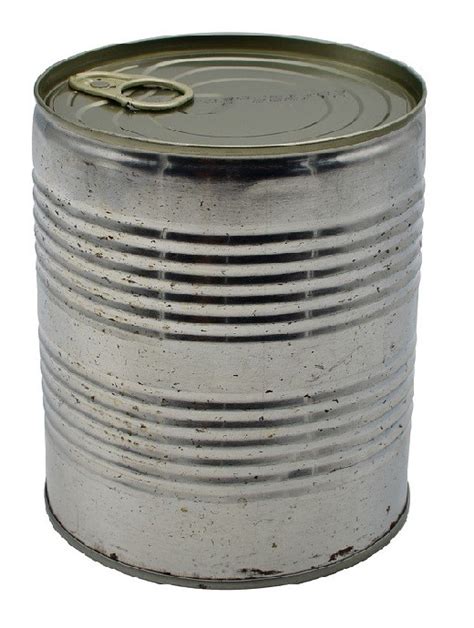Breaking strength plateaus: Top strategies for peak performance gains?

Understanding Strength Plateaus: Why They Happen
Every dedicated lifter eventually faces the dreaded strength plateau. That moment when your numbers stop climbing, your reps feel stagnant, and progress seems to grind to a halt. Far from being a sign of failure, plateaus are a natural part of the adaptation process. Your body has become incredibly efficient at the demands you’ve been placing on it, and it’s time to introduce new stimuli. Identifying the root cause—be it insufficient recovery, monotonous training, poor nutrition, or even mental fatigue—is the first step toward breaking through.

Rethinking Progressive Overload: Beyond Just Adding Weight
While adding more weight is the most common form of progressive overload, it’s not the only one. To consistently challenge your muscles and nervous system, you need a diverse approach. Consider increasing:
- Volume: More sets or reps at the same weight.
- Frequency: Training a muscle group more often.
- Density: Completing the same amount of work in less time (or more work in the same time).
- Time Under Tension: Slowing down eccentric or concentric phases.
- Range of Motion: Performing exercises through a fuller, more challenging range.
- Exercise Variation: Swapping similar exercises (e.g., barbell bench press for dumbbell incline press) to hit muscles from different angles.
Experimenting with these variables ensures your muscles are constantly surprised and forced to adapt.

The Strategic Deload: Your Secret Weapon for Recovery
Often, the best way to move forward is to take a step back. A strategic deload involves intentionally reducing training intensity or volume for a short period (typically one week). This allows your central nervous system to recover, repairs accumulated micro-trauma in your muscles, and helps alleviate mental fatigue. You’ll return to the gym feeling refreshed, stronger, and often able to blast past previous plateaus with renewed vigor. Don’t view deloads as weakness, but as a crucial component of long-term sustainable progress and peak performance.

Optimizing Nutrition and Recovery: The Foundation of Strength
You can train as hard as you want, but without proper fuel and recovery, your body simply won’t build strength. Prioritize a diet rich in whole foods, ensuring adequate protein intake to support muscle repair and growth (typically 1.6-2.2g per kg of body weight). Don’t neglect carbohydrates for energy and healthy fats for hormone production. Hydration is also paramount. Beyond diet, aim for 7-9 hours of quality sleep per night. Sleep is when your body does most of its repair work and hormone regulation, directly impacting your ability to recover and gain strength.

Varying Your Training Modalities and Periodization
If you’ve been doing the same 3 sets of 10 for months, your body has adapted. Introduce new training modalities like:
- Powerlifting cycles: Focus on 1-5 rep maximums.
- Bodybuilding cycles: Higher reps (8-15) for hypertrophy.
- Olympic lifting: Develop explosive power.
- Plyometrics: Improve fast-twitch muscle fiber recruitment.
- Unilateral training: Address imbalances and strengthen stabilizer muscles.
Implementing periodization – systematically varying your training program over time – is a sophisticated way to manage fatigue, optimize adaptation, and ensure continuous progress, especially for advanced lifters. Linear, undulating, or block periodization can be tailored to your goals.

Conclusion: Consistency, Patience, and Smart Training
Breaking strength plateaus is less about finding a magic bullet and more about smart, consistent, and adaptable training. It requires patience to understand your body’s signals, flexibility to adjust your approach, and discipline to adhere to your recovery and nutrition strategies. By implementing these top strategies, you’re not just pushing past a temporary roadblock; you’re building a more resilient, stronger, and high-performing version of yourself.








